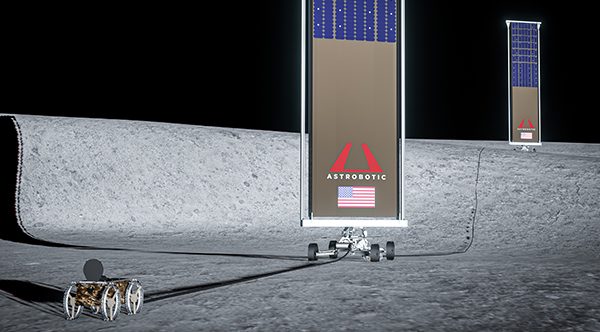Industry Supported Battery Passivation Techniques – Request for Information

The National Aeronautics and Space Administration (NASA) Ames Research Center (ARC) on behalf of the Space Technology Mission Directorate’s (STMD) Small Spacecraft Technology (SST) Program and is hereby soliciting information from potential sources for inputs on industry, academia, or government adopted battery passivation techniques. As part of a continual process improvement effort and potential requirement revisions, the NASA Small Spacecraft community, Office of Safety and Mission Assurance, and Orbital Debris Program Office are seeking inputs from industry on battery passivation techniques that are used by industry to satisfy the Orbital Debris Mitigation Standard Practices (ODMSP) requirements 2-2. Limiting the risk to other space systems from accidental explosions and associated orbital debris after completion of mission operations: All on-board sources of stored energy of a spacecraft or upper stage should be depleted or safed when they are no longer required for mission operations or post mission disposal. Depletion should occur as soon as such an operation does not pose an unacceptable risk to the payload. Propellant depletion burns and compressed gas releases should be designed to minimize the probability of subsequent accidental collision and to minimize the impact of a subsequent accidental explosion.
Background
NASA has well-established procedures for passivating power sources on large, highly redundant spacecraft to mitigate debris generation at end-of-life. However, the rise of capable small spacecraft utilizing single-string and Commercial Off-The-Shelf (COTS) components presents challenges. Directly applying passivation strategies designed for redundant systems to these less complex spacecraft can introduce risks and may not be cost-effective for these missions.
Recognizing that the commercial sector has emerged as a leader in Low Earth Orbit (LEO) small satellite operations, NASA seeks to engage with industry, academia, and government spacecraft operators to gain insights into current battery passivation techniques. Understanding industry-adopted practices, their underlying rationale, and performance data will inform NASA’s ongoing efforts to develop safe and sustainable end-of-life procedures for future missions.
NASA invites government, academic, or industry stakeholders, including small satellite operators, manufacturers, and component suppliers, to share information on battery passivation strategies employed in their spacecraft.





